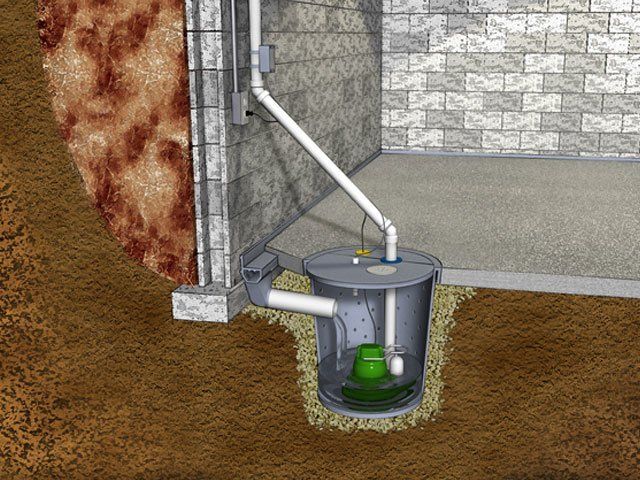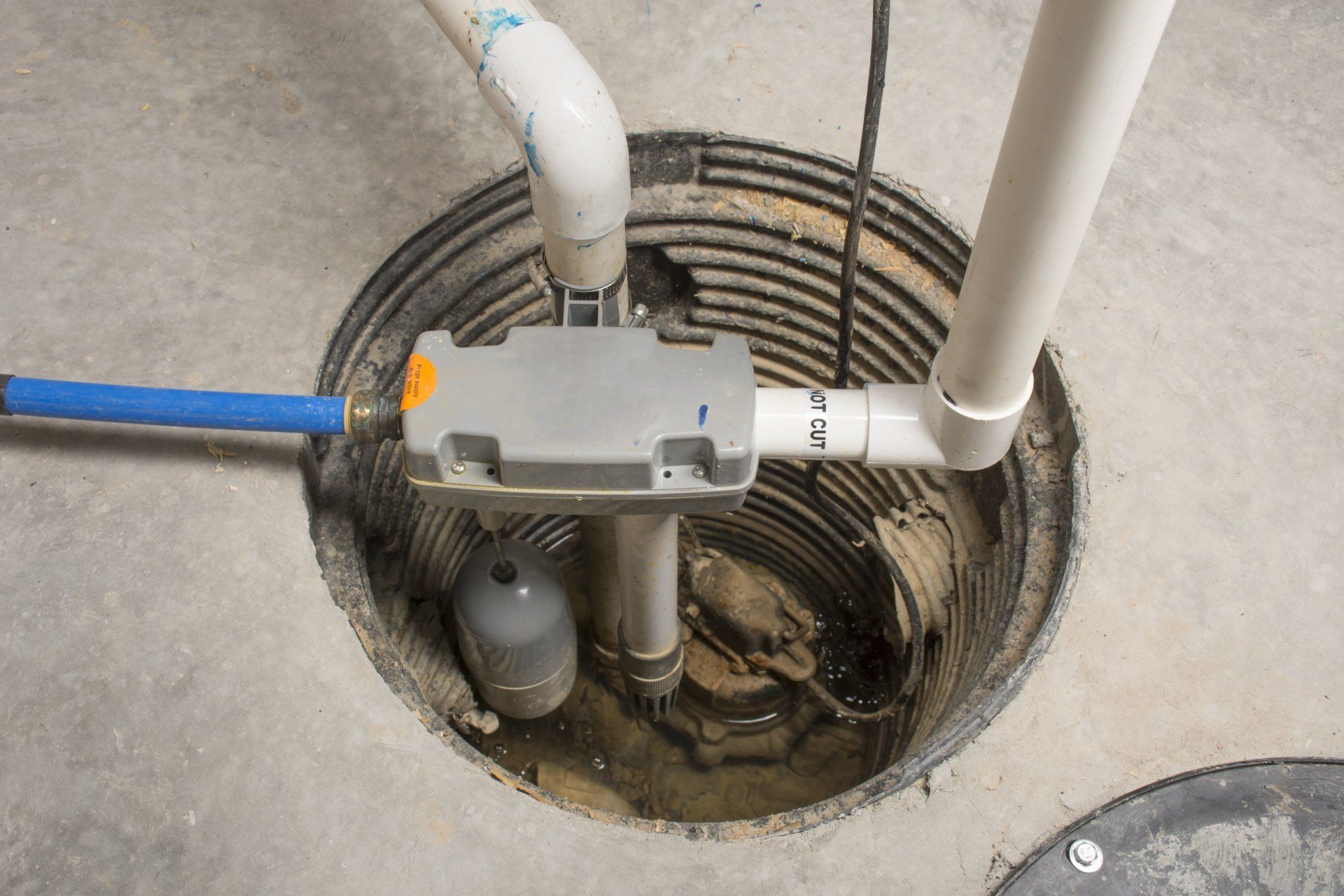Sump Pumps for Basements
Sump pumps
The Nova-Pump System is used in conjunction with our WATER-DRAIN SYSTEM or can be used alone. The submersible pump is installed in a large, perforated sump basin, approx. 18" x 22", and is installed below ground level, flush with the floor. A lid is also installed on sump pumps for basements ensuring safety of your precious children and animals and preventing them from falling into the basin.
The NOVA-PUMP SYSTEM keeps your basement dry, even during power outages if the battery back-up system is added (optional). Lower quality sump pumps fail prematurely due to the quality issues when handling high volumes of water. That is why we only use superior quality pumps with our NOVA-PUMP SYSTEM that will protect your basement from flooding and protect your belongings.
"We strongly encourage adding the optional battery-powered back-up pump that will automatically take over in the rare event of a power outage. If you are undecided, you may choose to purchase the battery-powered back-up pump at a later date even after the NOVA-PUMP SYSTEM has already been installed."
Most homes being built are not high-end custom homes. An additional few hundred dollars spent on drainage and pumps make a world of difference. Owners won’t hesitate to put that much into countertops, cabinets or lighting, but they should also think of upgrading the systems that protect their home. Let NOVA-DRY install a NOVA-PUMP SYSTEM and/or WATER-DRAIN SYSTEM from the beginning, and give yourself a peace of mind.
Sump Pump Solutions: Protect Your Home from Water Damage.
Sump pumps for basements are an essential component of residential concrete repair, as they can prevent devastating water damage to your home. Sump pumps work by transferring water from your basement to a safe location, and can protect your home against a variety of water-related problems, including flooding, sewage backups, mold and mildew growth, and even electrical damage and fire hazards. However, it is important to note that sump pumps rely on electrical power, so if there is a power outage in your area, you may want to consider installing a battery backup to ensure that your sump pump continues to work when you need it most.



